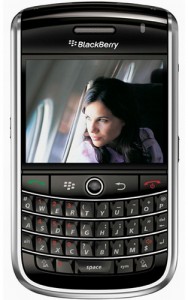P.C.’s blog, “VW’s Struggles on the Road to World Domination” in The Economist on October 14th explores Volkswagen’s attempt to dominate in the car industry. The blog post addresses the announcement of Volkswagen and Suzuki’s partnership in 2009 that has made little to no progress. However, as P.C. outlines, there is an increasing demand for Volkswagen vehicles as they are targeted to young adults.
I believe a partnership between Volkswagen and Suzuki is unique. For example, Volkswagen is a German brand and Suzuki is a Japanese brand. Volkswagen and Suzuki are also both culturally different; hence, the point of differentiations for their vehicles are dissimilar. Many consumers view German cars as being high-quality and are well-engineered; whereas, consumers view Japanese cars as being efficient and reliable. In the future, the idea of having cars that possesses both German and Japanese qualities is quite enticing to many consumers.
Take a look at this Volkswagen commercial: Volkswagen Commercial





